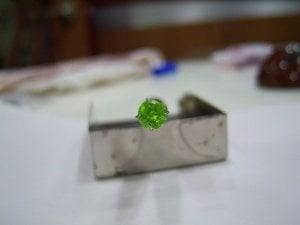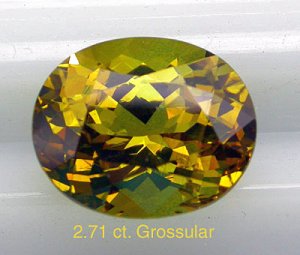Vismay Zaveri
Rough_Rock
- Joined
- Aug 4, 2008
- Messages
- 7
I have Rough of Green grossular garnet from Africa. I wanted to know what is the criterion to name a green grossular as a Tsavorite as chemically and ideally they are the same thing.Is the chromium content the issue.I have a picture of my Green grossular and it shows good fire.
Please tell why it can/can''t be sold as a Tsavorite.Any info shall be greatly appreciated.
Thanks

Please tell why it can/can''t be sold as a Tsavorite.Any info shall be greatly appreciated.
Thanks











300x240.png)